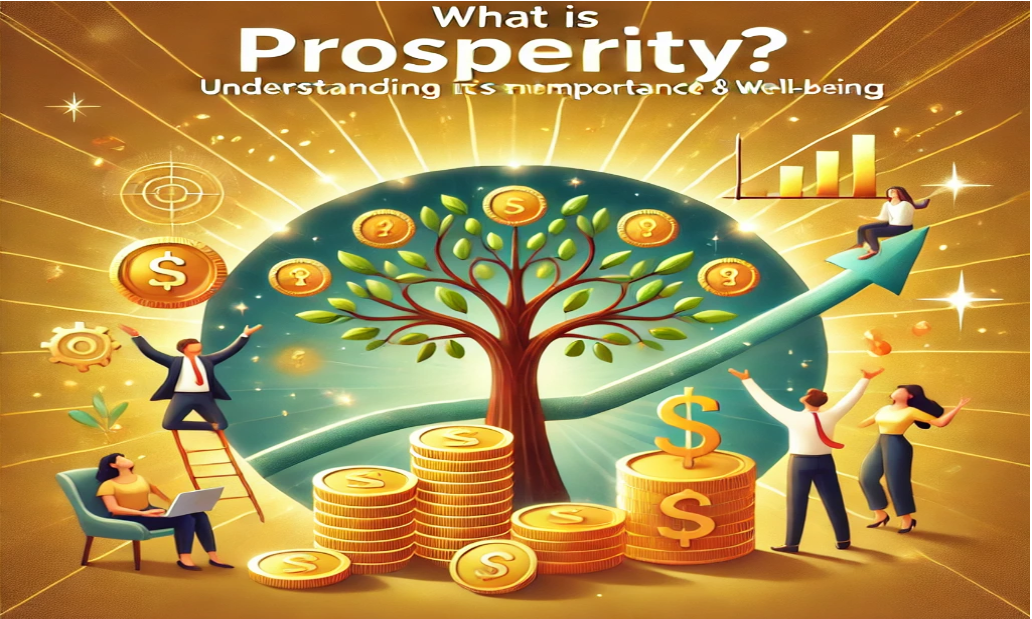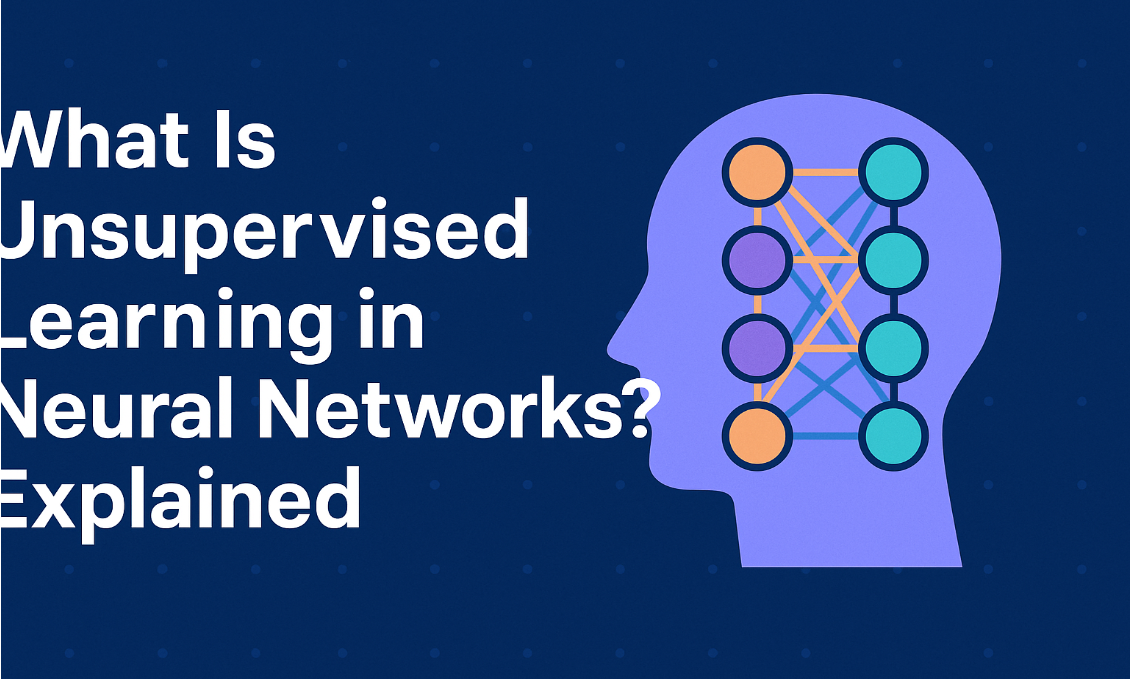
The Concept of Prosperity: A Comprehensive Guide
Introduction
Prosperity is a fundamental goal that individuals, communities, and nations strive to achieve. It encompasses economic stability, personal well-being, and social harmony. In this blog, we will explore the concept of prosperity, its history, advantages, disadvantages, key factors, and real-world applications. Understanding prosperity is crucial for building a sustainable and fulfilling life.
Table of Contents
What is Prosperity?
Historical Perspective on Prosperity
Key Elements of Prosperity
Difference Between Wealth and Prosperity
Advantages of Prosperity
Challenges and Disadvantages
Courses on Prosperity and Economic Well-being
Problem-Solving Examples Related to Prosperity
Conclusion
What is Prosperity?
Prosperity is a state of well-being that includes financial stability, good health, meaningful relationships, and personal growth. It extends beyond mere wealth accumulation and includes social and psychological fulfillment.
Historical Perspective on Prosperity
Prosperity has been a central theme in human civilization. Ancient civilizations such as Mesopotamia, Egypt, Greece, and Rome linked prosperity with trade, agriculture, and social order. The Industrial Revolution transformed the concept of prosperity, making economic growth a dominant factor. In modern times, prosperity is evaluated through various indicators such as GDP, happiness index, and quality of life.
Key Elements of Prosperity
Economic Stability: Financial security, employment opportunities, and wealth distribution.
Social Well-being: Access to education, healthcare, and social equity.
Mental and Emotional Fulfillment: Personal growth, relationships, and life satisfaction.
Sustainability: Long-term resource management and environmental responsibility.
Difference Between Wealth and Prosperity
| Factor | Wealth | Prosperity |
|---|---|---|
| Definition | Accumulation of money and assets | Overall well-being, including financial, social, and personal fulfillment |
| Measurement | Net worth, income | Happiness, health, financial security |
| Sustainability | Can be short-term | Requires long-term planning and balance |
| Scope | Material possessions | Holistic success |
Advantages of Prosperity
Higher quality of life
Access to better education and healthcare
Stronger social connections
Economic stability and job security
Increased happiness and fulfillment
Challenges and Disadvantages
Unequal distribution of wealth
Environmental concerns due to overconsumption
Psychological stress from materialistic pursuits
Societal pressure and expectations
Courses on Prosperity and Economic Well-being
Several online platforms offer courses on financial literacy, sustainable living, and personal development:
Harvard University – The Science of Well-being (Coursera)
Yale University – Financial Markets (Coursera)
MIT – Sustainable Economic Growth (edX)
The Prosperity Institute – Understanding Economic Development
Problem-Solving Examples Related to Prosperity
Example 1: Personal Finance Planning
Problem: John struggles with saving money and often ends up in debt. Solution: By adopting the 50/30/20 rule (50% needs, 30% wants, 20% savings), he gradually builds financial security.
Example 2: Community Development
Problem: A local community lacks access to clean water and employment opportunities. Solution: Implementing social entrepreneurship initiatives such as water purification projects and skill development programs boosts overall prosperity.
Conclusion
Prosperity is a multi-dimensional concept that extends beyond wealth accumulation. It includes economic stability, personal well-being, and sustainability. By understanding and implementing prosperity-driven strategies, individuals and societies can achieve long-term success and fulfillment.
FAQ - Frequently Asked Questions
What is the real meaning of prosperity?
Prosperity refers to a state of success, financial stability, and overall well-being, including emotional, social, and economic growth.
How does prosperity differ from wealth?
Wealth is primarily about money and assets, whereas prosperity includes financial stability along with happiness, health, and social well-being.
Why is prosperity important in life?
Prosperity ensures financial security, personal growth, and a high quality of life, promoting happiness and social harmony.
What are the key elements of prosperity?
Key elements include economic stability, social well-being, personal fulfillment, and sustainability.
How can one achieve prosperity?
By managing finances effectively, investing in education, fostering good relationships, and practicing sustainable living.
What are the major challenges to prosperity?
Challenges include wealth inequality, environmental issues, financial mismanagement, and societal expectations.
Which courses can help in understanding prosperity?
Courses from Harvard, Yale, MIT, and platforms like Coursera and edX offer valuable insights into financial literacy and sustainable economic growth.
How does prosperity impact society?
A prosperous society enjoys economic stability, improved quality of life, and reduced poverty and crime rates.
Can prosperity be measured?
Yes, using indicators like GDP, quality of life indexes, and happiness scores.
Call-to-Action
What does prosperity mean to you? Share your thoughts in the comments below!








